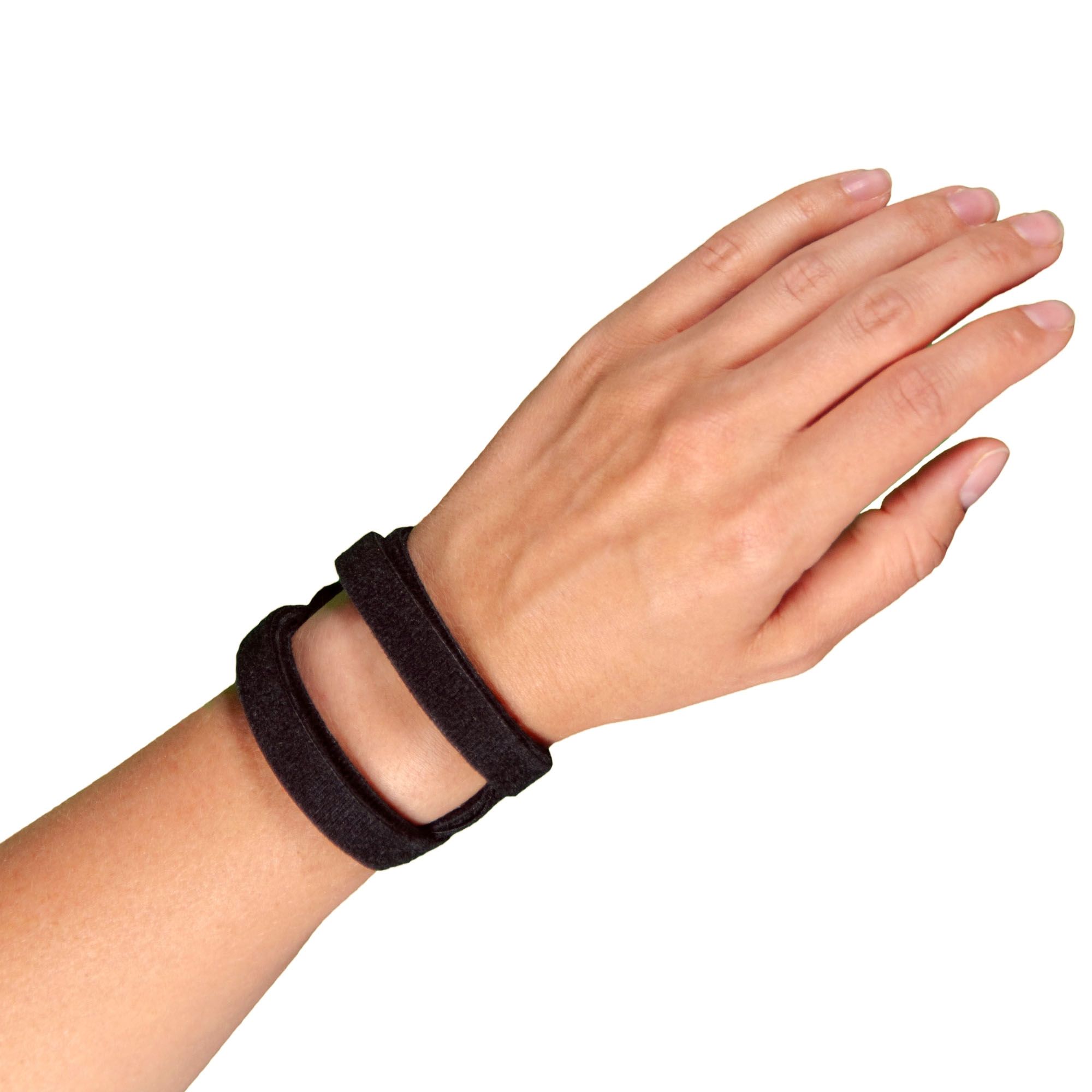TFCC Complaints
TFCC is the connection between the radius and the ulna and helps keep the wrist stable. A fall or sudden movement can cause a tear here, resulting in significant pain. But what exactly is a TFCC injury? How do symptoms develop, what are the signs, and most importantly — how is it treated? We explain everything below:
What is a TFCC injury?
TFCC, or Triangular Fibrocartilage Complex, is sometimes referred to as the "meniscus" of the wrist. It is the structure that connects the radius and ulna and keeps the wrist stable. A tear can occur after a fall or from a forceful twisting motion. When this happens, it is referred to as a TFCC injury or lesion.
How do TFCC symptoms develop?
The TFCC can tear due to a fall or forceful rotation. It can also wear down over time due to ageing. An ulna that is slightly too long can place excessive pressure on the TFCC, leading to symptoms. Although wear can be age-related, TFCC injuries can occur at any stage of life.
What are the symptoms?
Below are the most common symptoms and complaints associated with a TFCC injury:
- Pain on the pinky side of the wrist
- Increased pain when the wrist is bent toward the pinky side
- Pain during heavy or loaded movements
- A cracking or clicking sensation during wrist movement
- Pain when gripping or making a fist
- Tenderness when pressing on the joint
- Loss of strength in the hand
How do you treat TFCC symptoms?
It’s important to determine the cause of the injury. If it’s not immediately clear, daily activities should be reviewed in detail. Small tears in the TFCC can heal on their own. Larger tears, caused by a fall or accident, may take much longer to recover.
To promote healing, rest is crucial. This can be supported by wearing a wrist brace. A wrist brace helps prevent sudden, forceful movements of the wrist, allowing it to rest and recover more quickly.
As a result, a wrist brace can help you get rid of your symptoms faster.
If this conservative treatment is not effective, surgical intervention may be considered — though this is uncommon, as a wrist brace is usually sufficient.

- Physiotherapist
- Sports podiatrist
- Manual therapist
- Podopostural therapist
- Myofascial dry needling specialist




